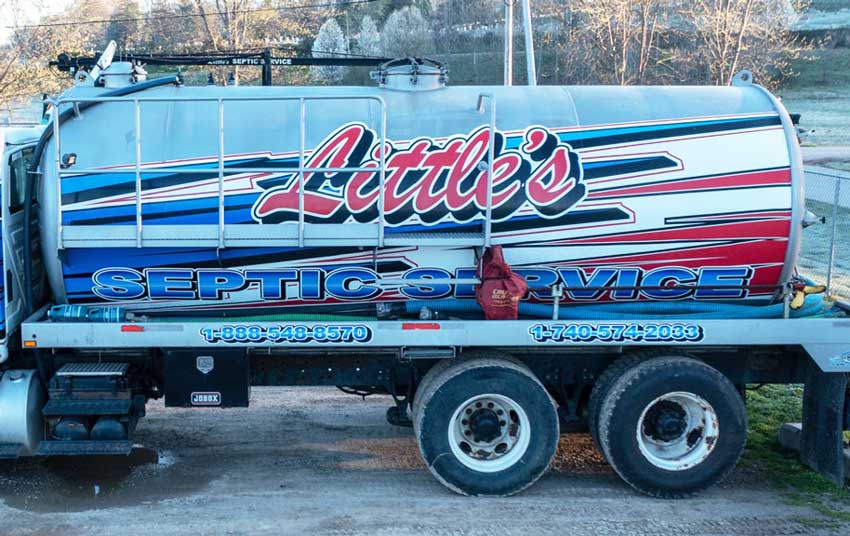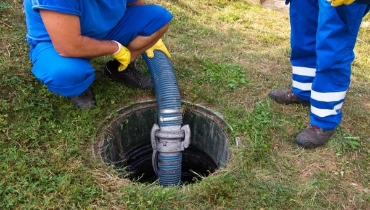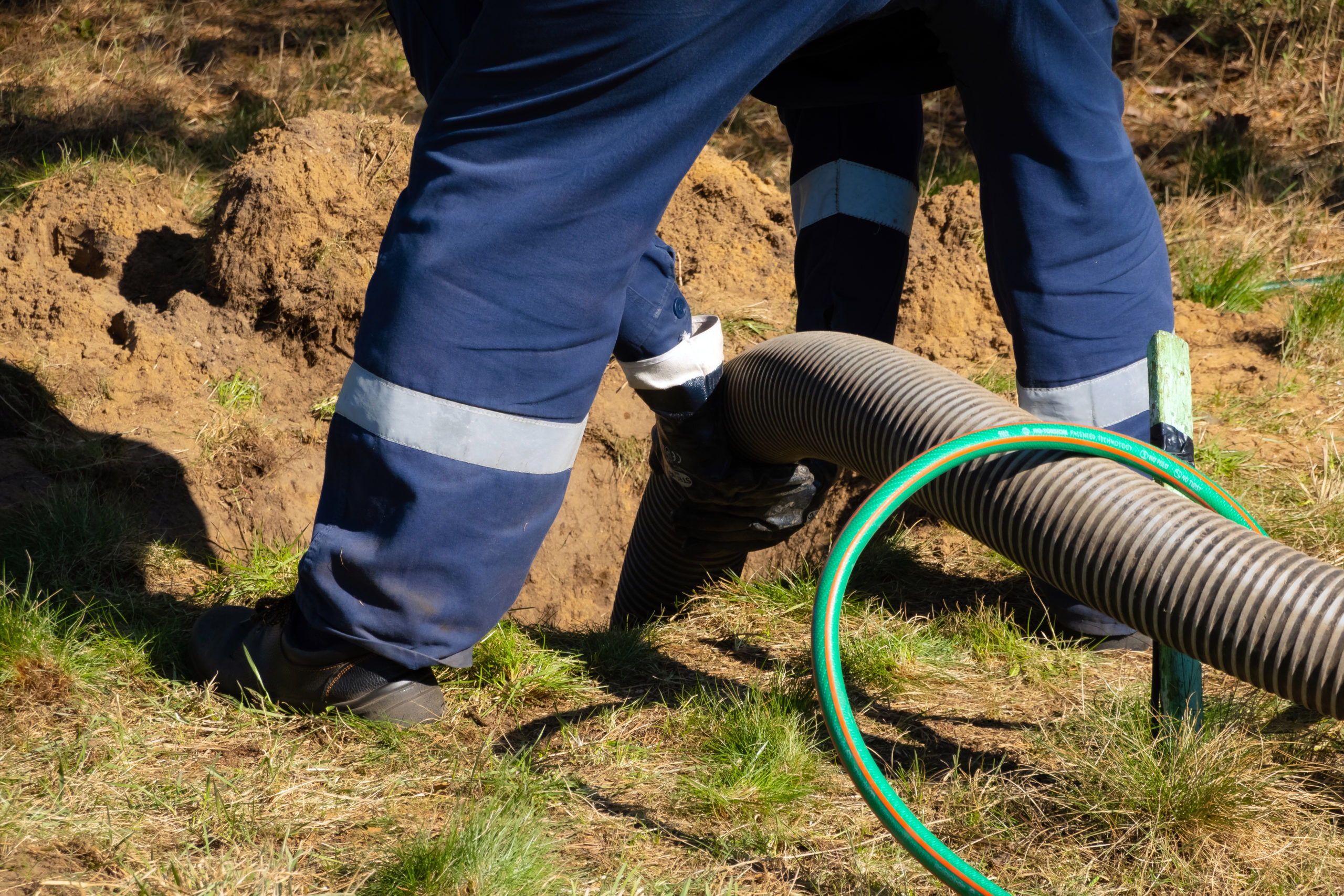6 Easy Facts About Stillwell Septic And Grading Described
6 Easy Facts About Stillwell Septic And Grading Described
Blog Article
Getting My Stillwell Septic And Grading To Work
Table of Contents9 Simple Techniques For Stillwell Septic And GradingMore About Stillwell Septic And GradingThe 5-Second Trick For Stillwell Septic And GradingStillwell Septic And Grading Can Be Fun For AnyoneThe 3-Minute Rule for Stillwell Septic And GradingThe Best Strategy To Use For Stillwell Septic And Grading
Repair dripping faucets and plumbing components. https://ionian-fibula-60d.notion.site/Quality-Septic-Services-Your-Trusted-Partner-in-Bluffton-SC-6b22d63915014c7e83064752ab44a05d?pvs=4. A leaking bathroom can throw away thousands of gallons of water a day. Take much shorter showers. Pursue much less than 5 and do the shower jive. Take baths with a partially-filled tub and do not leave the faucet running when doing other tasks. Wash just complete tons of meals and laundry.
The Definitive Guide for Stillwell Septic And Grading
Stay clear of burning stacks of leaves or branches over the drainfield, as the warm can damage the plastic pipelines listed below. Limit the enhancement of topsoil or garden compost to no more than 2 to 3 inches over the drainfield. Septic Service, Maintenance and Installation. A great guideline for landscaping over drainfields is to utilize shallow-rooted plants that do not require additional topsoil to flourish
Lawns, combined wildflowers, and ground covers with superficial origins are good choices. Plant trees and hedges at the very least 30 feet away from your septic tank and drainfield to keep roots from getting into and damaging or blocking the drainfield pipelines.
A septic system failure creates neglected sewage to be launched and delivered to where it ought to not be. This may create sewer to come to the surface of the ground around the container or the drainfield or to back up in pipelines in the building.
Some Known Facts About Stillwell Septic And Grading.
For the most part, the person that drops in obtains out without severe injury. A youngster's heartbreaking death is a tip to evaluate your septic system for damaged or missing out on lids. https://giphy.com/channel/stillwellsag. Owners of septic tanks are in charge of making sure the systems are risk-free and function appropriately, including having a safe cover on the storage tanks
Routinely check the problem of the lids for dangers or troubles. Keep the lids secure by fixing or replacing all damaged or missing out on components. Use bolts, screws, or various other locks to protect the covers and protect against easy gain access to. Never ever drive or park lorries on top of septic tanks- it can harm or displace the cover.
Stillwell Septic And Grading for Dummies
See to it the lids are secured after servicing your septic system. Teach youngsters that the sewage-disposal tank covers are not to be used or opened up. Have septic systems that are no longer in usage effectively deactivated. For other general risk-free techniques around septic systems please review the Septics 201 DIY Program Septic Safety And Security Tips.
Keeping in mind the degrees will help establish if there is a possible problem with the system. The tank will certainly be completely pumped down, removing all of the fluid and solid waste - Septic Tank Installation. As soon as the tank is entirely pumped, the inlet and outlet tees of the will certainly be evaluated to ensure they are still undamaged and working effectively
Stillwell Septic And Grading Can Be Fun For Everyone
If you are home at the time of service (completely not needed if that's not your point) you may be asked to purge your toilets to make sure every little thing is flowing navigate to this website correctly. As soon as the solution is full, the septic tank will be covered as it was when we showed up! Specialists advise having your system pumped every 3 to 5 years but several aspects ought to be taken into consideration when deciding how typically your sewage-disposal tank requires to be serviced.

If you are experiencing smells in your home, give us a call. This might be an indication of an approaching septic back up! Possibly. If your septic has actually not been serviced in even more than 6 months, we would certainly desire to service the septic. If the trouble lingers, a drain cleaner will certainly then be sent out to get rid of the line to the septic system.
The 4-Minute Rule for Stillwell Septic And Grading

If the ponding is focused over the leach area that can suggest a leach line is obstructed with Bio-Mat and requires to be repaired or changed. Many septic tanks have a couple of covers; one over the inlet side of the sewage-disposal tank (where the water from your home gets in the storage tank), one in the facility of the tank, and one on the electrical outlet side of the storage tank (where the liquid from the storage tank departures to your leach field).
Cut up food fragments do not break down in the septic storage tank and can make their escape right into your leach field lines creating blockages. Waste disposals, also those significant septic risk-free, are ruled out beneficial for your septic tank. Appropriate working degree is where the water level in your container meets the electrical outlet tee of the container.
Report this page